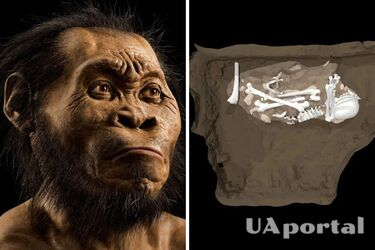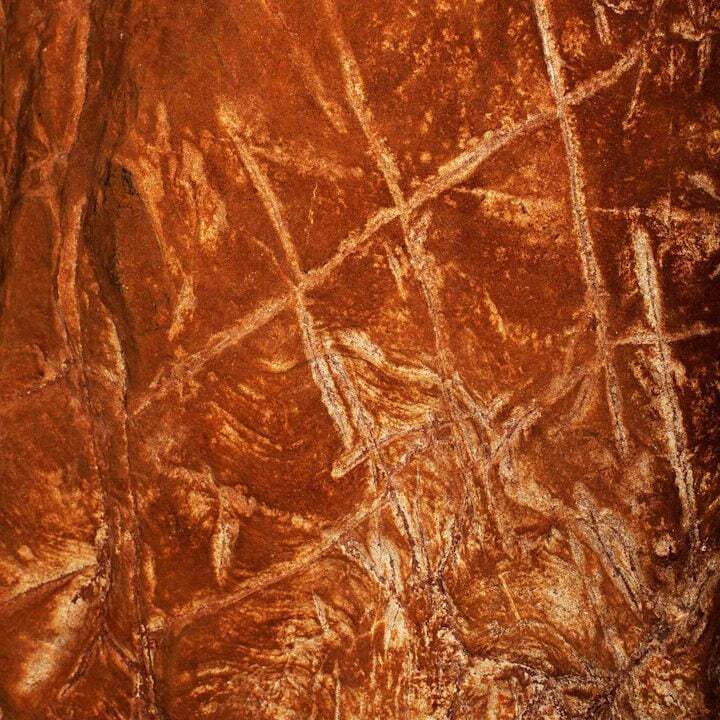Scientists find the oldest human burial site in caves in southern Africa, more than 200 thousand years old (photo)

A team of international scientists has reported the discovery of the oldest known human burial in a cave in southern Africa. Scientists have found that it is at least 200,000 years old, which is older than the oldest known burial of Homo sapiens. The discovery contains the remains of the human species Homo naledi and will be described in three articles to be published in the journal eLife, according to the journal Science.
Read also: Archaeologists found an ancient 6th century city in the Persian Gulf where pearls were mined
The research was conducted by a team of paleoanthropologists in the Cradle of Humankind near Johannesburg. In 2013, they discovered the remains of at least 15 people who lived approximately 335,000-241,000 years ago. These remains had anatomical features that differed from known human species. They had a small brain size, similar to that of a chimpanzee (Pan) or Australopithecus, and reached a height of 1.5 meters. Scientists concluded that this was a previously unknown species, called Homo naledi.
In 2018, while continuing their research, the scientists came across a pit about 8 centimeters deep and measuring 50 by 25 centimeters. It was filled with 83 bone fragments from one individual of H. naledi and several bones from other individuals. Red stones were also found, which were probably used to cover the body. Scientists believe that this is the burial of a member of the Homo naledi group, which indicates cultural practices for handling the dead. This means that Homo naledi brought the body of their relative to the cave, dug a hole and covered it with stones. The oldest burial associated with Homo sapiens is estimated to be 78,000 years old.
In other parts of the cave, 90 skeletal fragments and 51 fragments of Homo naledi teeth were found. Some of the remains belonged to a child, and there was a stone tool next to it. The study of the remains indicates that the bodies were carefully buried in the fetal position or in a sitting position. Also, on the walls of the cave, where there were no traces of other species of people, strokes and geometric shapes were found that may be the oldest example of art. All this testifies to the development and self-awareness of Homo naledi.

As a reminder, archaeologists have found a burial site from the Tang Dynasty in China.
